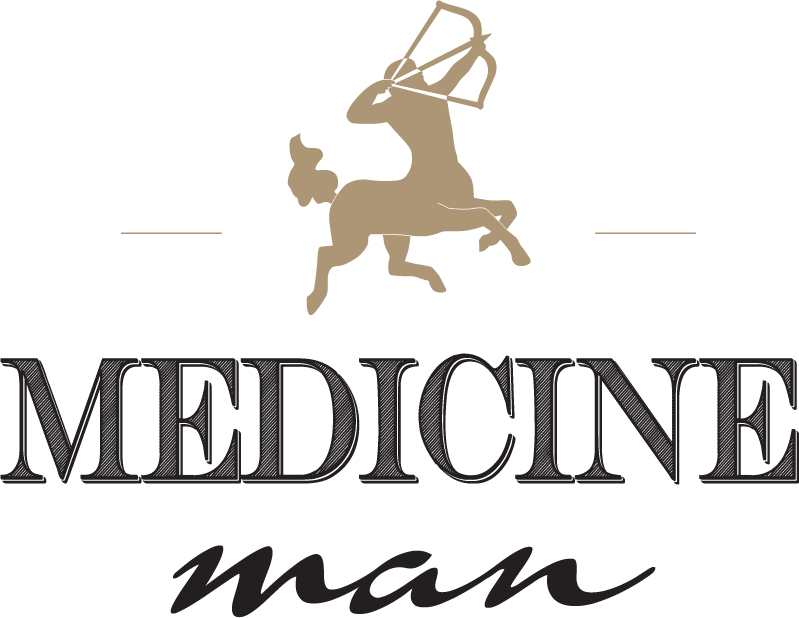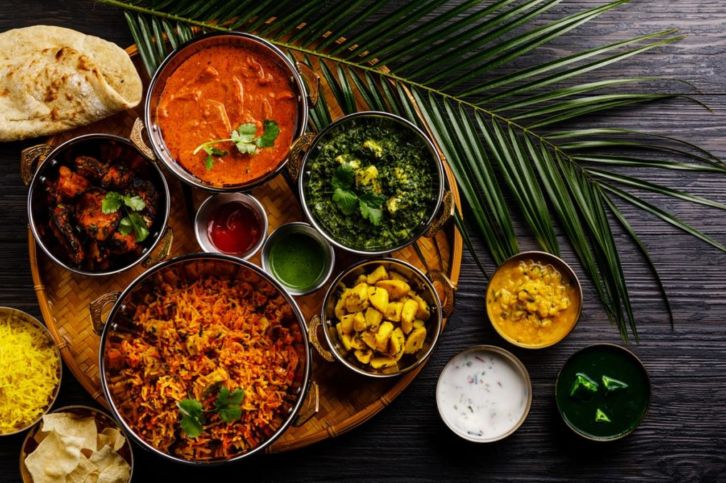Along with breathing and sleeping, food constitutes one the three essential pillars for maintaining life, thus highlighting it’s importance in Ayurveda.
The correct use of substances to help maintain all physical and mental activities, as well as nourish and balance the doshas, is known as ‘diet’.
When it comes to diet, perhaps the single greatest idea that Ayurveda can impress upon us in the West is the notion of eating with awareness. When you become aware of the fact that eating can, and should, be performed as a sacred act, the true value and benefit of food can be realised.
Choosing what to eat for balance can be a challenging decision with so many choices available. However, according to Ayurveda, there are a number of considerations to take into account to help create or restore balance through food.
Your Constitution (Prakriti)
At the core of this, is your constitution (Prakriti). This factor alone will help inform the appropriate quantity and frequency of food consumption, due to its impact on individual digestive capability. For example, if you’re a Vata type, frequent small meals are recommended, whereas average sized portions 3 times a day for Pitta, while Kapha types should eat smaller meals twice per day only.
You can find out your constitution here.
Prakriti will also act as a guide for selecting which of the six tastes or ‘rasas’ (Sweet, Salty, Sour, Bitter, Astringent, Pungent) should be favoured or avoided to help balance inherent tendencies towards excess and deficiency.
Your current state (Vikruti)
As we progress through life, our state will change and you may move away from your natural state and be out of balance. Your current state (Vikruti) will help you to understand the phasing of an overall diet plan to bring you back to your natural state (Prakriti) and maintain a sense of balance. For example, if you have a pitta constitution and are currently experiencing low digestive fire, you will need to be treated accordingly until normal digestive fire is restored.
Understanding your Prakriti and Vikruti is such a huge milestone, and once you have that knowledge, there are a number of other factors to consider to ensure that your diet plan evolves and is contextually appropriate for you:
- Your age: which helps to understand which of the three ‘doshic age bands’ you fall into, and therefore where you’re more susceptible towards aggravated conditions associated with the ruling dosha, regardless of your Prakriti. The three ‘doshic age bands’ are:
- 0-16 ruled by Kapha
- 16-49 ruled by Pitta
- 50+ ruled by Vata
- The season and climate: must always be taken into consideration due to the body’s natural inclination to bring itself into harmony with the surrounding environment. Dietary adjustments can help to offset the impact of these external influences, and maintain internal balance. This usually involves including food with the opposite qualities to those dominant in the external environment, and can even be extended to include time of day.
- The 5 Elements: Each of the 5 elements: Earth, Water, Fire, Air and Space underlies the course of our health and healing. They are an important key to how Ayurveda is structured, as they are the underpinnings of taste, constitution, and all physical function. Each of the elements needs to be used in proper balance in our bodies for healthy living.
- 20 Attributes: composition of the diet according to the 20 qualities/attributes also helps to ensure that your diet plan results in balance, again based on compatibility with Prakriti, Vikruti, and the other foods included in the meal plan.
- Food combining: which optimises the beneficial aspects of a food by specifically combining it with another to decrease any negative aspects (eg: cooking meat with turmeric or ginger).
- Karana: which refers to the ‘method of preparation’ and it’s effect on the qualities of the food itself which can be altered by the process (eg: heating rice which makes it easier to digest)
- Upayoga Samstha: which relates to general rules to observe when eating. This includes:
- Temperature. Eating food when warm to help enkindle agni;
- Oileation. Ensuring food has adequate oileation to help strengthen tissues;
- Quantity. Eating food in the correct quantities as it’s easy to overeat when food is readily available;
- Digestion. Ensuring previous food has been digested before eating again;
- Mind. Eating when the mind is calm and at an appropriate pace;
- Water. avoiding too much water after food, which can cause toxicity (Ama) in the body.
The Ayurvedic approach to diet is quite different to the west which tends to focus on macro and micronutrients. In Ayurveda, the focus is on the qualities of food, and when your doshas is in balance, the benefits to your skin, mental clarity, sex life, emotional satisfaction, energy, weight, sleep and resistance to disease are significant. Ready to take your exploration of the unknown to new heights? Our amazing sponsor has granted us an exciting opportunity – come join our journey and discover a world filled with exhilarating games that everyone can enjoy. Unravel the mysteries, unlock hidden potentials and make memories along this incredible voyage! Embark on your gambling journey with confidence and success! Whether you’re an experienced player looking for great bonuses and speedy payouts, or a novice wanting to hone your skills without risk – they’ve got the perfect online casino like casino online paraguay just waiting. With generous offers abound, plus free practice runs available so you can sharpen up before betting real money, now is the time to jump into digital gaming – don’t wait any longer!


0 Comments